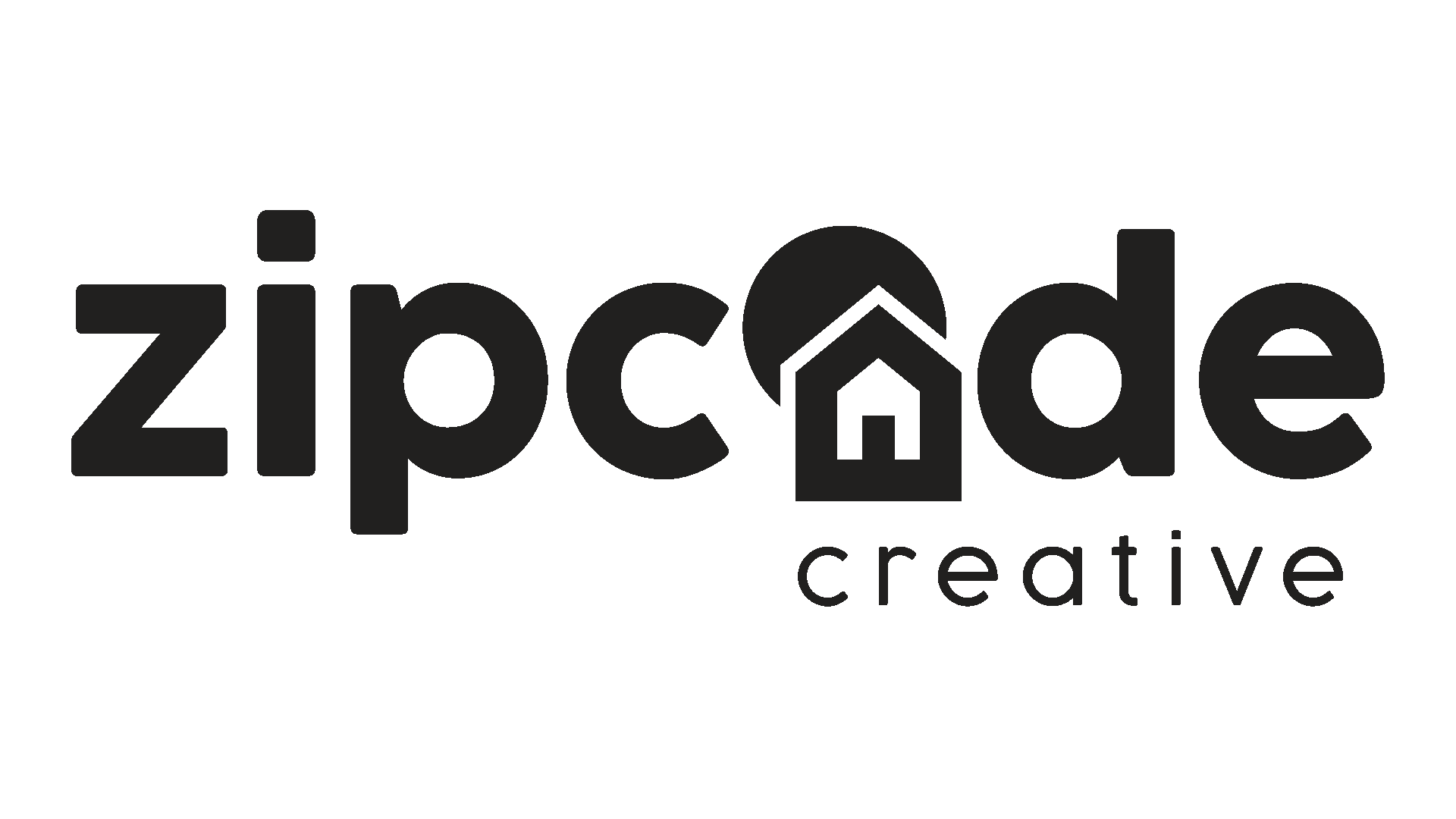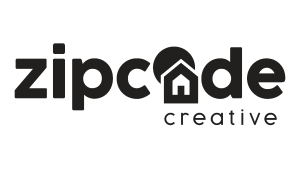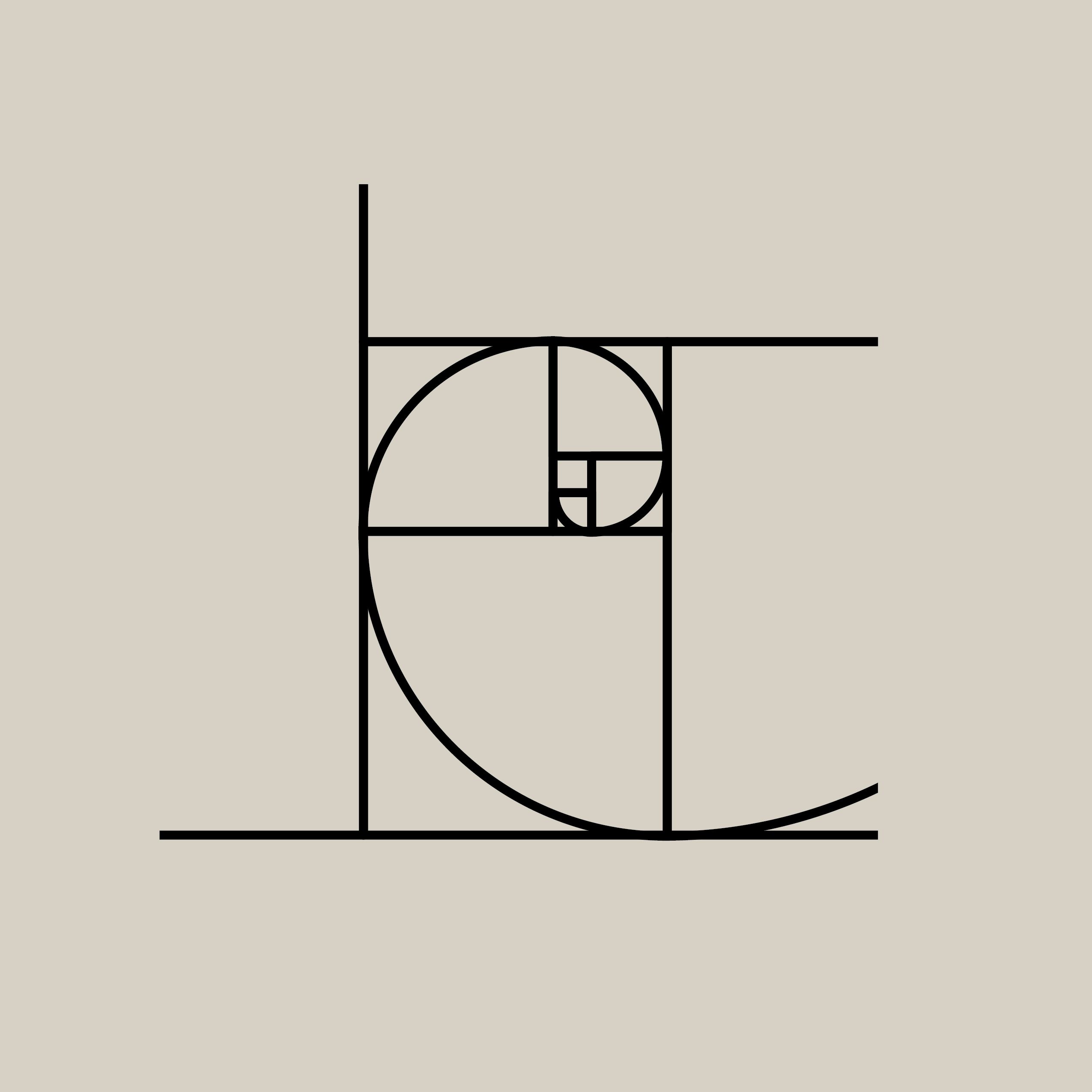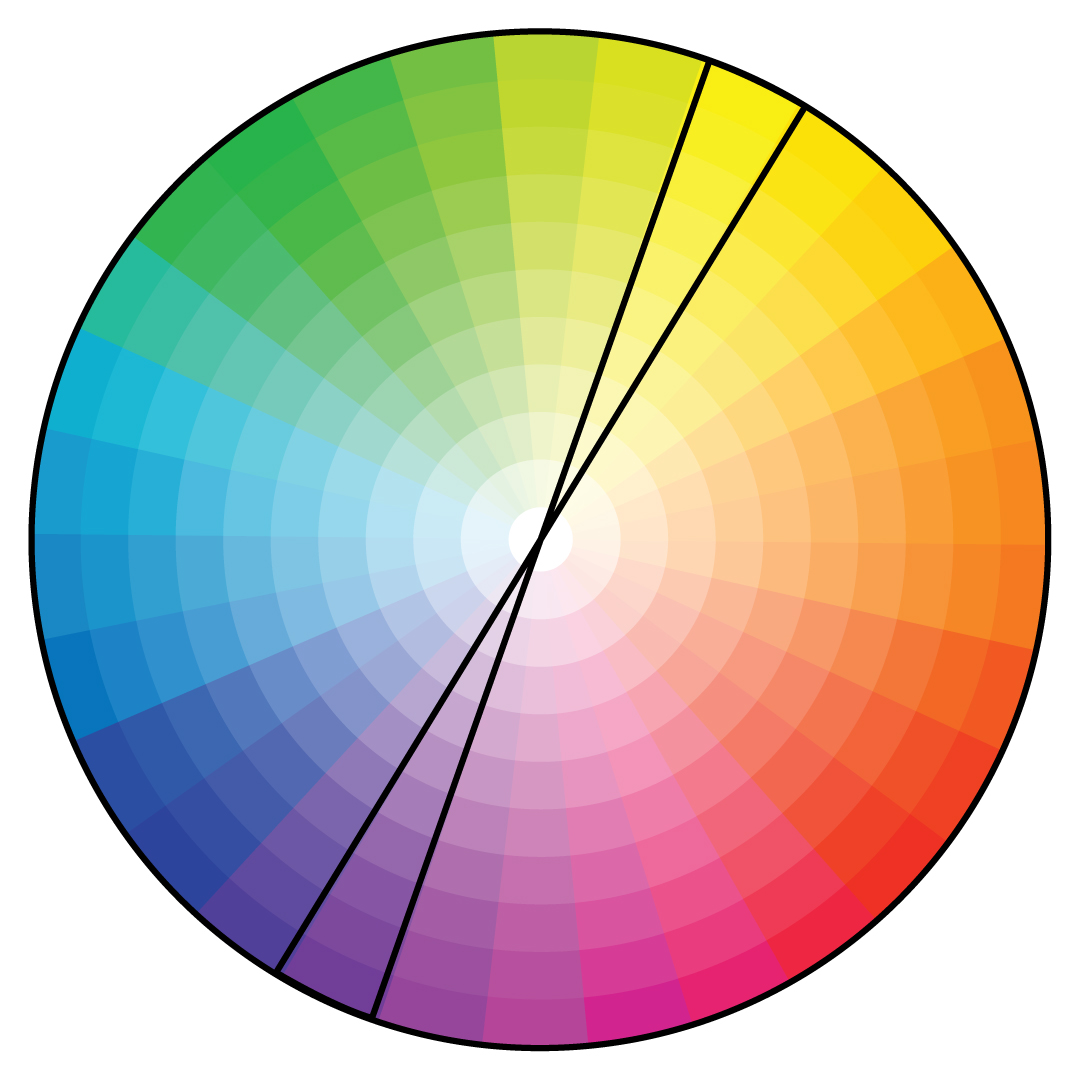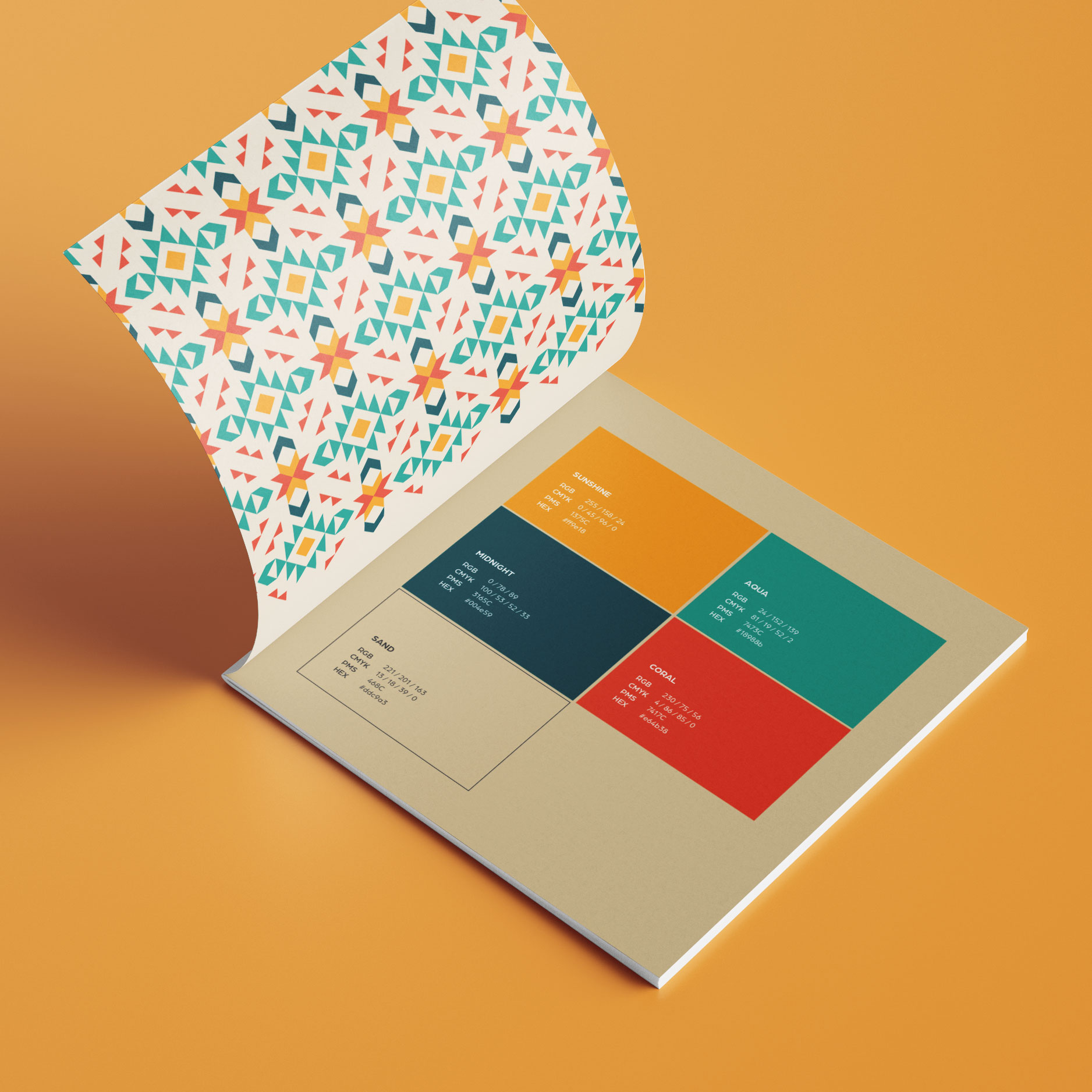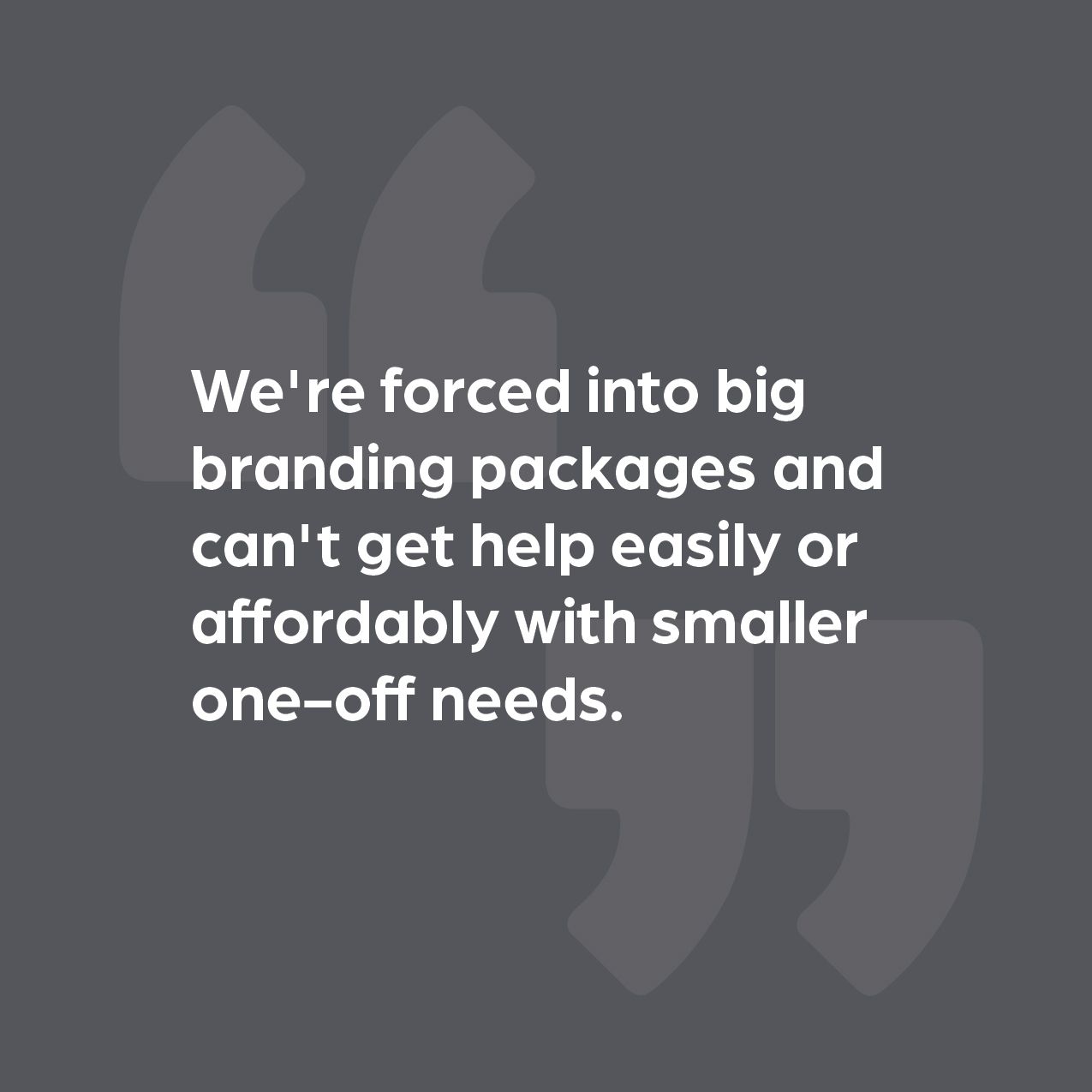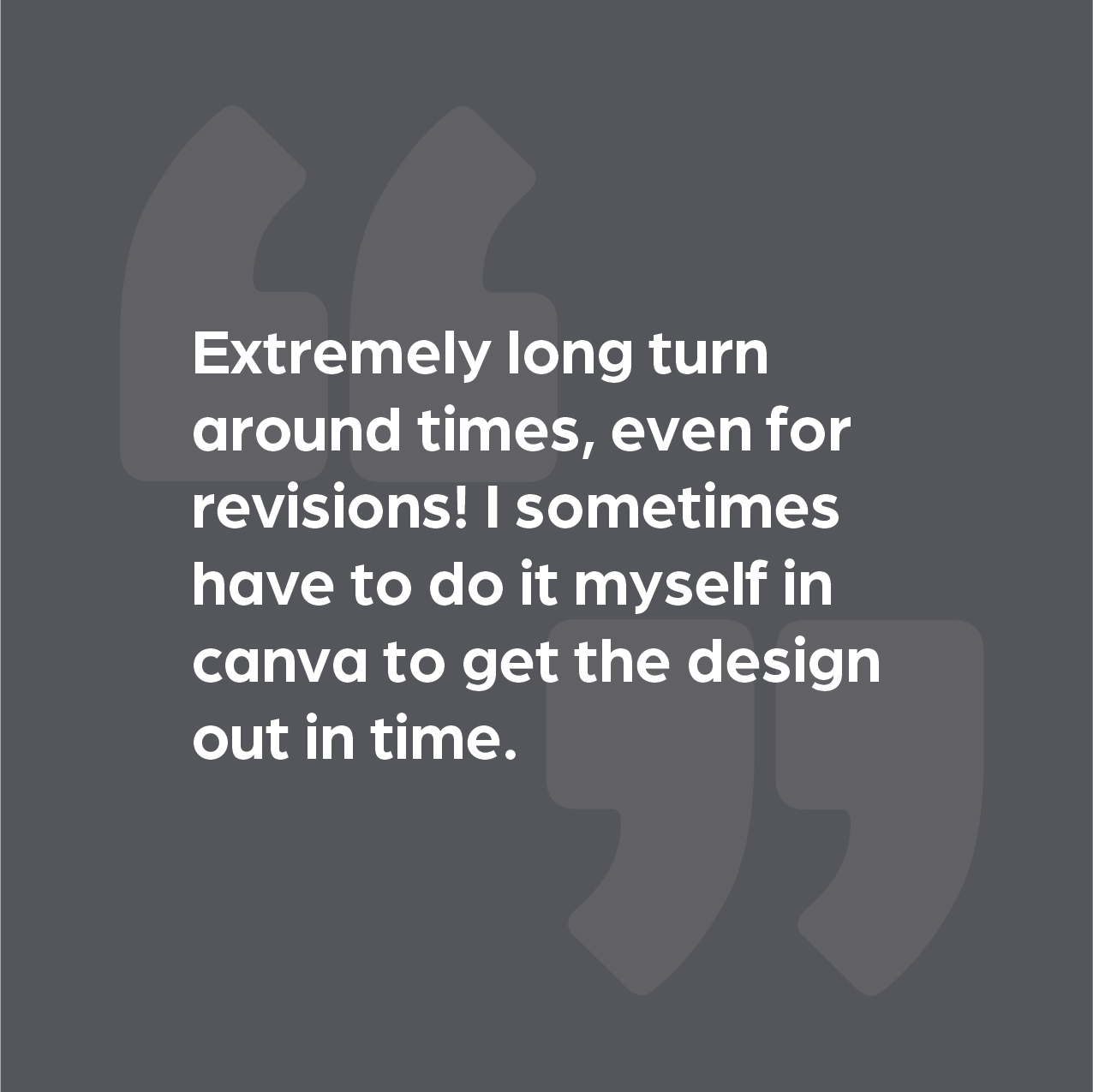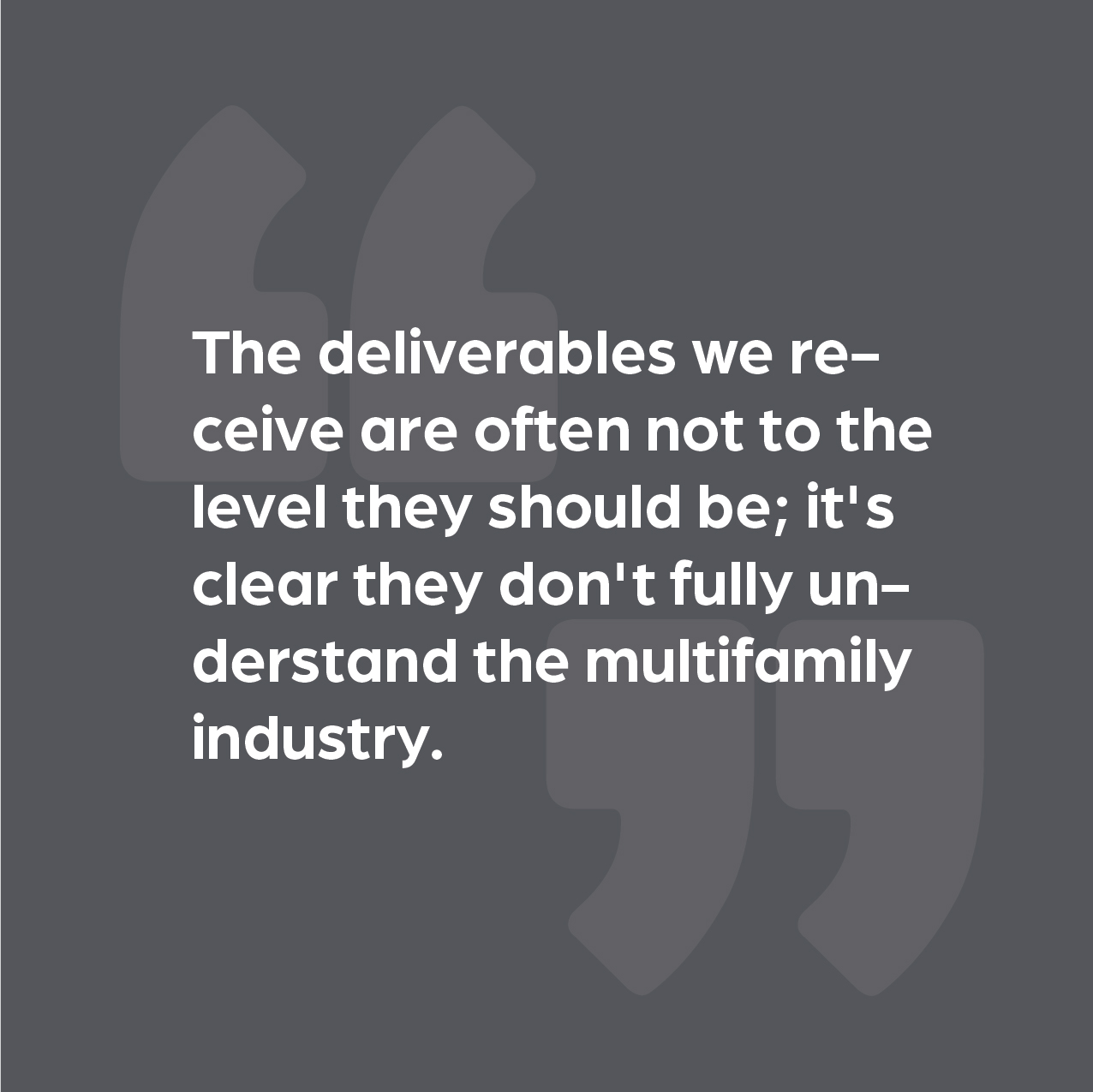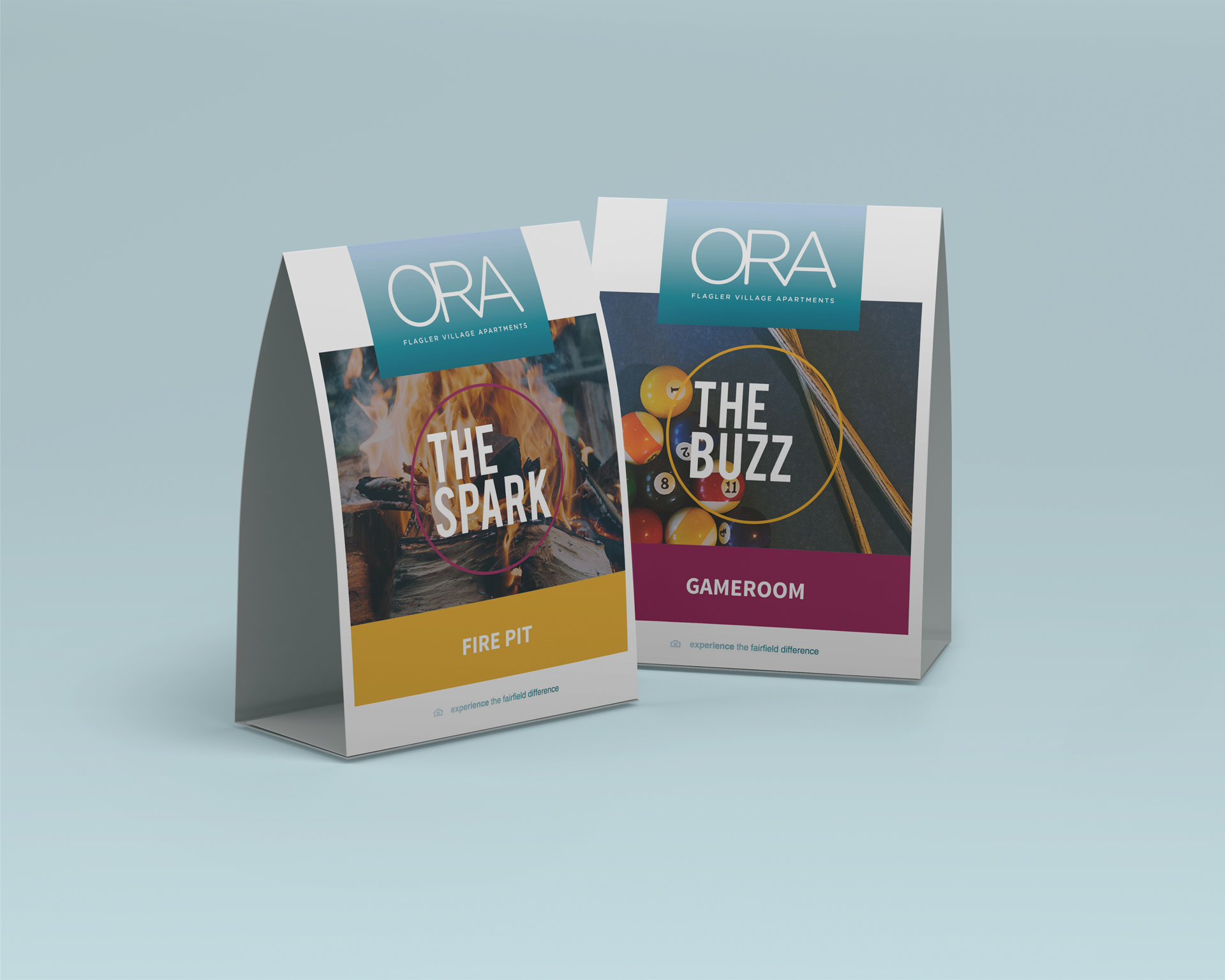Apartment Marketing Campaign Strategy and Concepts
It’s time to stop flying by the seat of your pants and design an apartment marketing campaign that perfectly communicates the best you have to offer—to your target audience. Here are our favorite ways to develop and design a campaign to best market your apartment community:
The Basics of Designing an Apartment Marketing Campaign
First off, you need to identify your desired result. Is it to:
- Create awareness?
- Maintain resident loyalty?
- Sign more leases?
Once you have that set, you can set your sights on your target audience, create a message that will resonate, and you can determine which channels will get you to your goal.
Be sure to measure your stats before and after the apartment marketing campaign to properly analyze your results—then you can replicate your successes and learn from everything else. Do this by using tracking numbers, QR codes, or a unique URL that goes to a campaign landing page. A (good) before-and-after is like a proof point for the next time you ask for a marketing budget increase or media spend!
Before Your Campaign Launch
Before you think about launching your apartment marketing campaign, be sure it’s clear and direct (and attractive). But how?
GET THE MESSAGE
What are you trying to tell your audience? Make that shorter. Make that snappier. And then you should have a well-crafted mini piece of copy that will work across multiple channels. Smart messaging is your bread and butter.
MAKE A LOGO
This might be our favorite part—creating a logo that works with the apartment marketing campaign. Take your message and turn it into a logo. This makes it feel real (because suddenly it is) and amps up the recognition so that anywhere it turns up (social media, brochure, leasing office signage) the reader might put two-and-two together. It’s like a limited-time-only type of brand recognition—exactly what you want for your next apartment marketing campaign.
Change the Campaign Channel
As we mentioned above, it’s vital to determine which channel is going to be the most effective for your apartment marketing campaign. Our favorites are a combination of two or more, but that’s up to you (and depends on your audience)! For your multi-piece campaign, you can pick and choose from:
- Social media
- Campaign Landing Page Website
- Email Marketing Series
- Paid search
- Digital Ads
- Physical Signage
- Direct Mailers
Finding your Next Campaign
Still feeling a little lost? Try a few different methods to get the creative juices flowing:
B IS FOR BRAINSTORM
Gather the troops for a quick brainstorm session. Guide the conversation by asking: What are our biggest weaknesses and how can we reasonably turn those into revitalized apartment marketing campaigns? Alternately, what are our biggest strengths and how can we highlight those even more? Are there any marketing trends that would be timely to capitalize on through a resident event or giveaway? Write it all down and see what sticks. Put in order of priority and what you can do right now.
C IS FOR COMPETITION
Take a look at your competitors (both in your area and outside of it)—put yourself in current or prospective residents’ shoes: what sticks out to you? What’s appealing? What could feasibly work to market your apartment community? See if you can model a new apartment marketing campaign after what they’ve done or show up where they’re lacking to stand apart.
D IS FOR DIG INTO THE PAST
Hindsight is 2020 (don’t throw anything at us; it’s still true.) What have you created in the past that was successful? What parts of it can you replicate? What can be tweaked to fit your new audience, or your new goal? You don’t have to reinvent the wheel every time. Efficiency counts for something, too.
Apartment Marketing Campaign Ideas
If you’re still wandering in the wilderness when it comes to creating a campaign for your apartment marketing that will set your community apart, keep reading. We want to get you on the straight and narrow so you can make something that resonates with your residents (current and future). Working within particular parameters / categories can also help narrow the options down:
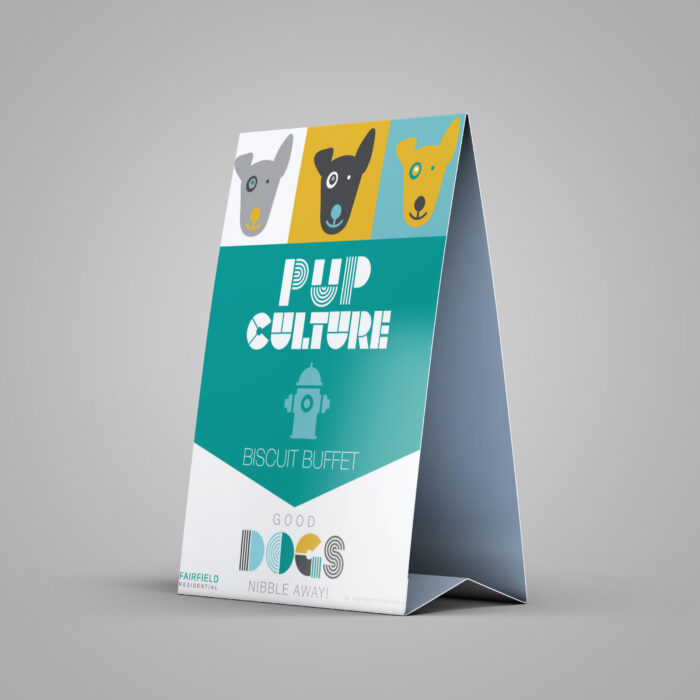
CORPORATE INITIATIVES CAMPAIGNS
Are your apartments pet-friendly? Is your community energy efficient or eco-friendly focused? Make sure corporate initiatives don’t get overlooked when it’s time to create your next apartment marketing campaign, as these are great selling points to draw attention to!

LEASING SPECIALS CAMPAIGN
Using every channel available to you, break out the bullhorn and shout that you’re offering something special at your community for any newly signed leases. Anytime you’re running a lease incentive campaign, make sure you’re communicating consistently and clearly and pushing it through every channel that’s applicable. No one in your prospective audience should say “How did I miss that!?”
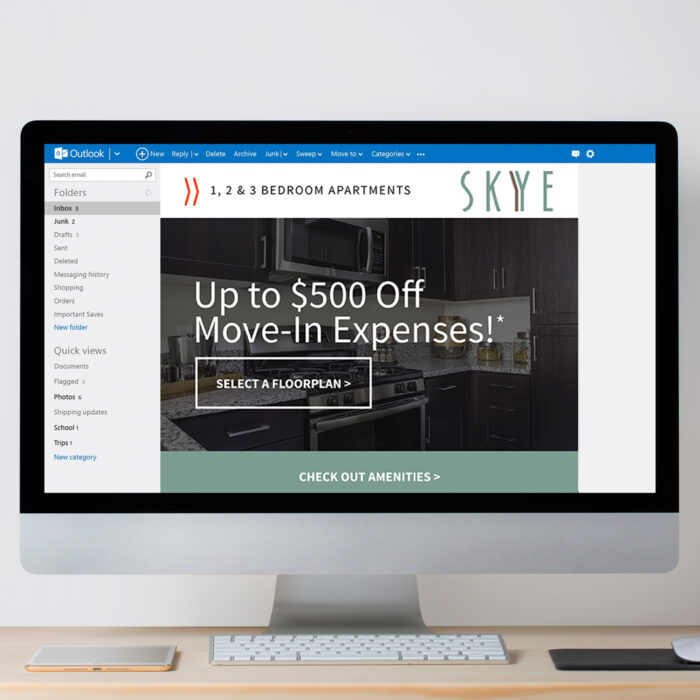
MOVING IN CAMPAIGN
Moving into a new place can be exciting, overwhelming, and bring up all kinds of emotions. Helping your residents feel like moving in is easy with a move-in campaign or an accent wall program (pick your paint color!) may just be the “cherry on top” they need to make the move and sign a new lease at your community. Graphics (and signage) to accompany these were vital to communicate exactly what was being offered.
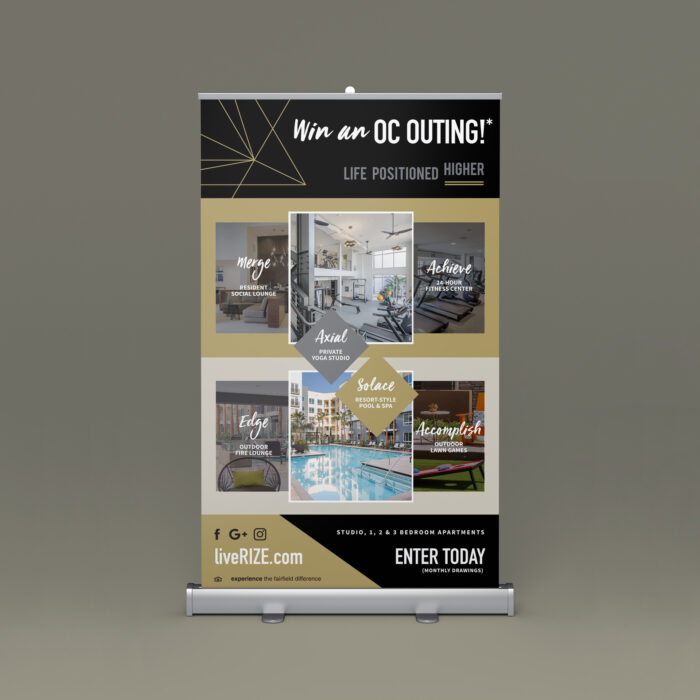
PRIZE/GIVEAWAY CAMPAIGN
This is a classic, and if you’re running stuck, grab a gift card to a local spot, and encourage your followers to like, share and tag friends in social media posts, or do a competition with unique hashtags: “Post a photo using #LoveLivingRanchoDelSol and tag us in it to be entered to win an OC outing!”
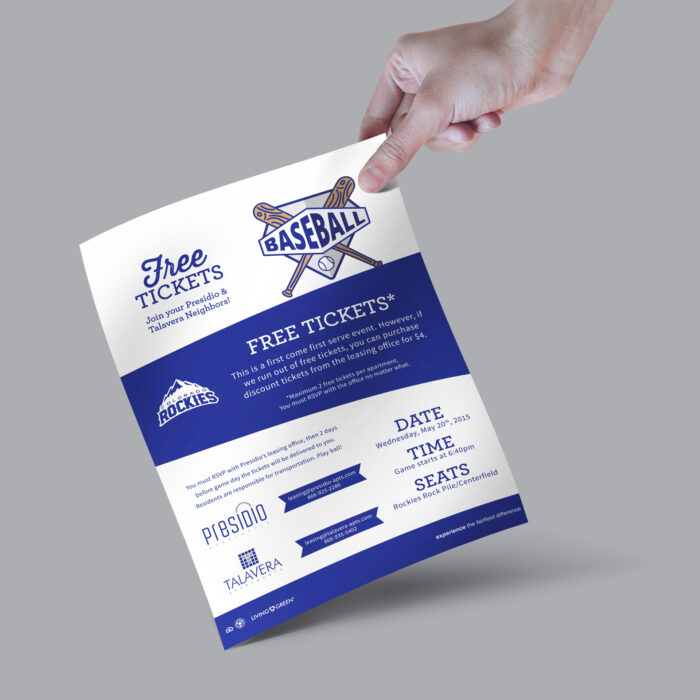
EVENT-BASED CAMPAIGN
There’s a touch of childhood glee that comes with any countdown, so when you have an event coming up, it’s a wonderful trick to build up excitement and anticipation, with a few sneak peeks thrown in for good measure. You can try this with a Grand Opening campaign or a Resident Appreciation event.
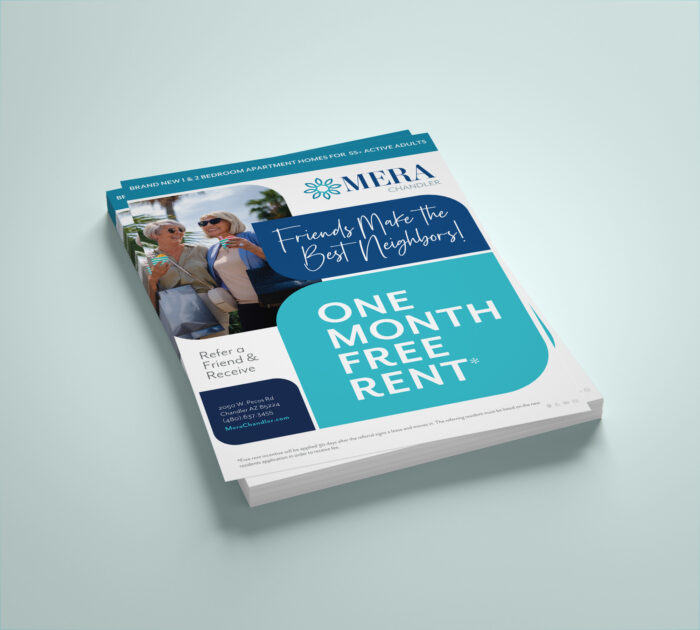
REFERRAL PROGRAM CAMPAIGN
Who doesn’t want to be neighbors with their friends? Add a special bonus with a referral program campaign that gives successful referrals a cash reward.
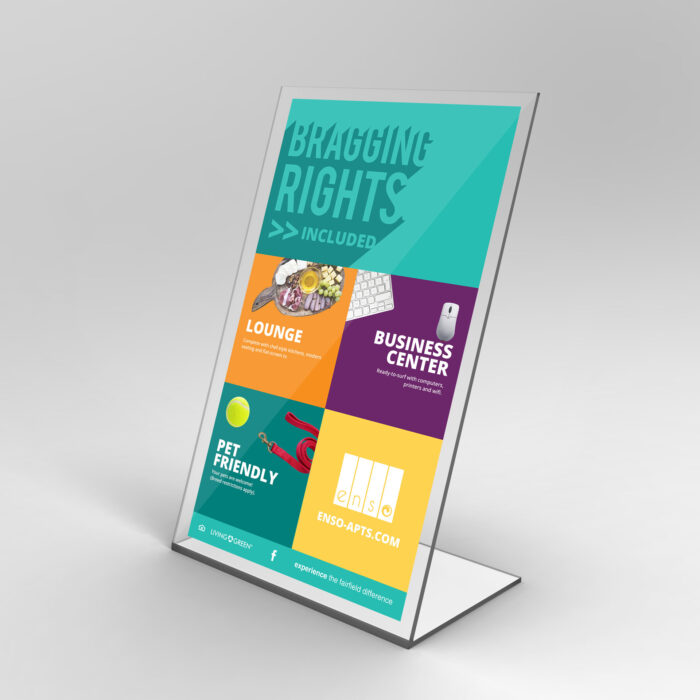
LIFESTYLE CAMPAIGN
Is your community the best one on the block? Or in the neighborhood? Or city? Capitalize on it, and don’t beat around the bush. This “Bragging Rights” campaign helped this apartment community highlight particular amenities (in a fun way) that visitors and family and friends alike would be impressed by.
Bottom line: Make your apartment marketing campaign fresh, fun, and new—make it attractive (AKA professional design services with zipcode) and choose the best channels to optimize your reach. When your campaign is complete, track your results and make a plan for the next one. Keep a good thing going.
If you need more ideas, reach out. We’re always happy to help.
Turn Down the Upkeep, Pup Culture, Skye Moving Incentive, Win an OC Outing, Baseball Game, and Bragging Rights are ©Fairfield Residential | Work executed by Stacey Feeney, owner of zipcode creative, while under creative direction and employment at Fairfield Residential.
